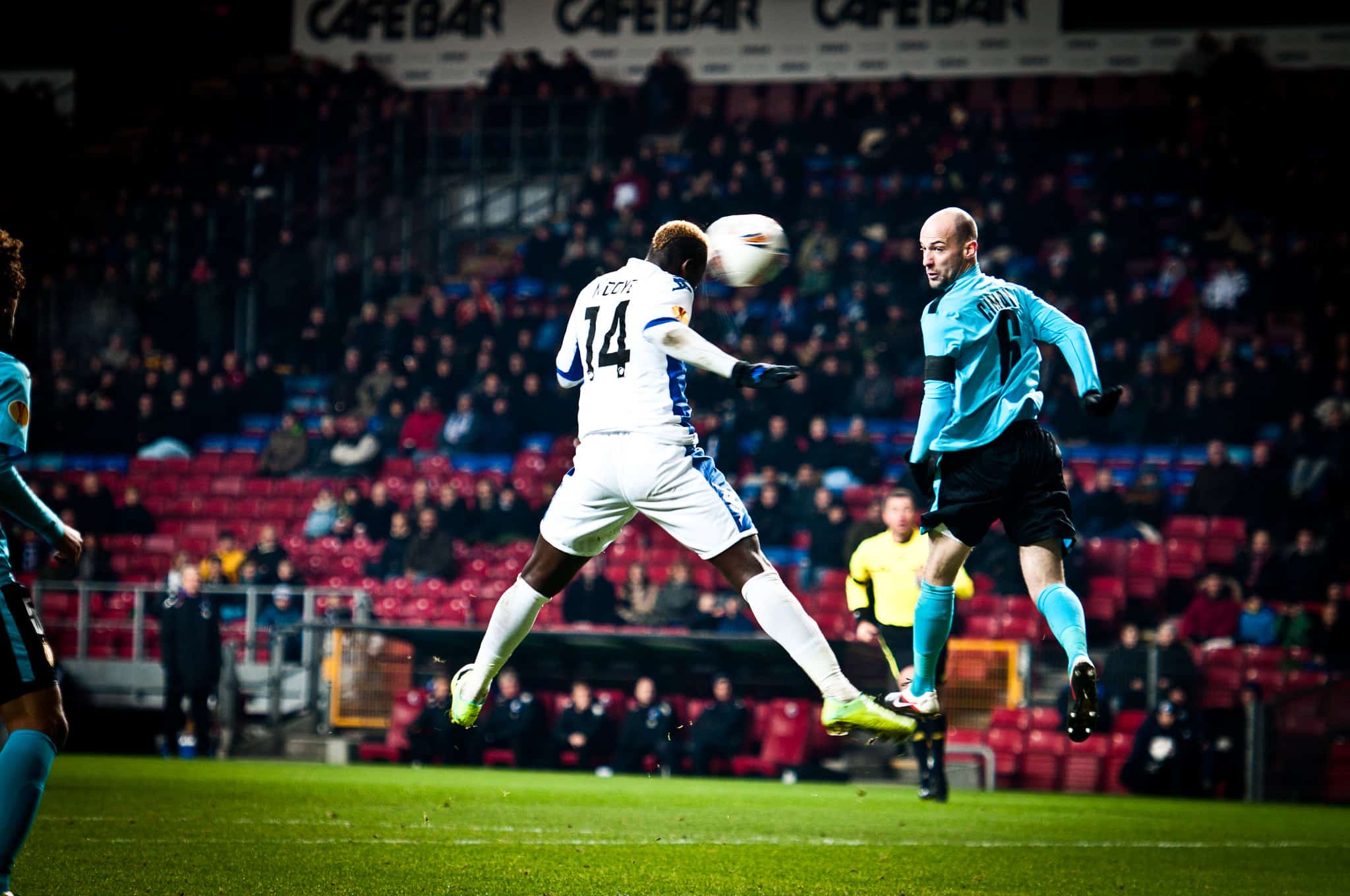
There are five billion football fans in the world (sorry, Americans, we’ll call it football from now on — we mean soccer). That’s over 60% of the global population, nearly two-thirds of people worldwide. But despite all this huge interest, some parts of football are still remarkably understudied.
Heading (the act of hitting the ball with the head) is an important part of football. Around 17% of all goals are scored from headers, and heading plays a role in the vast majority of games. But what if heading could cause long-term damage?
“There is enormous worldwide concern for brain injury in general and in the potential for soccer heading to cause long-term adverse brain effects in particular,” said senior author Michael L. Lipton, M.D. and professor of biomedical engineering at Columbia University. “A large part of this concern relates to the potential for changes in young adulthood to confer risk for neurodegeneration and dementia later in life.”
Studying headers in football
Lipton led a new study that analyzed how some brain changes are linked to heading in football.
The study focused on 148 young adult amateur football players, with an average age of 27, and including 26% women. These participants were actively engaged in football, embodying a demographic often overlooked in sports research — amateurs.
Researchers asked participants a series of questions about individual plays, practices, and how often they head the ball (and how). Two-year heading exposure was categorized as low, moderate, or high.
“When we first started, there was no method for assessing the number of head impacts a player experienced,” Dr. Lipton said. “So, we developed a structured, epidemiological questionnaire that has been validated in multiple studies.”
The football players were also assessed for verbal learning and memory. Additionally, they underwent an MRI procedure called diffusion tensor imaging (DTI) that characterizes the microstructure of the brain by measuring how water molecules move in the brain. A DTI was carried out at the start of the study and two years later.
Long-term damage from heading a football?
The results were alarming.
Players who engaged in high levels of heading (over 1,500 times in two years) showed increased diffusivity in frontal white matter regions compared to the baseline. They also showed a decrease in the orientation dispersion index, indicative of changes in brain organization. These alterations are akin to those observed in mild traumatic brain injuries.
The DTI findings also suggested a decline in brain function, specifically verbal learning. This analysis was adjusted for variables including age, sex, education, and concussion history.
“We used DTI to assess the sharpness of the transition from gray matter to white matter,” Dr. Lipton said. “In various brain disorders, what is typically a sharp distinction between these two brain tissues becomes a more gradual, or fuzzier transition.”
“Importantly, our new approach addresses a brain region that is susceptible to injury but has been neglected due to limitations of existing methods,” Dr. Lipton said. “Application of this technique has potential to disclose the extent of injury from repetitive heading, but also from concussion and traumatic brain injury to an extent not previously possible.”
Heading towards danger
These findings come as a wake-up call to the conventional view of football heading as a benign part of the game. Instead, they suggest a significant risk, particularly in terms of long-term brain health and cognitive function.
Granted, there are significant limitations to the study. This was a relatively small sample size of amateur players and the data was self-reported — which can be notoriously unreliable. The study spanned two years, which is longer than many previous studies. However, it is still a relatively short period in the context of neurodegenerative diseases and brain health. Long-term effects, spanning decades, could provide more comprehensive insights.
Perhaps the most important limitation is that the researchers did not look at causation. Sure, there is a correlation between intense heading and brain damage, but establishing direct causation requires more data. But even with these limitations, the study clearly indicates we should pay more attention to heading in football.
This isn’t the first study to link sports and head injuries. Concussions are a large issue in the National Football League (NFL) and in boxing, but apparently, even less overtly violent sports can be problematic.
The study was presented this week at the annual meeting of the Radiological Society of North America. It has not yet been published in a peer-reviewed journal.









